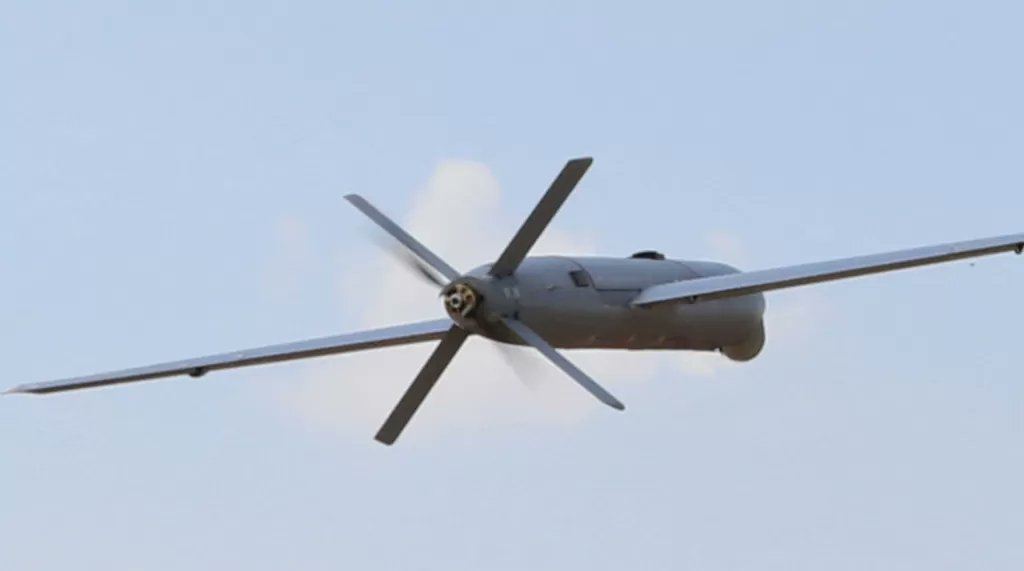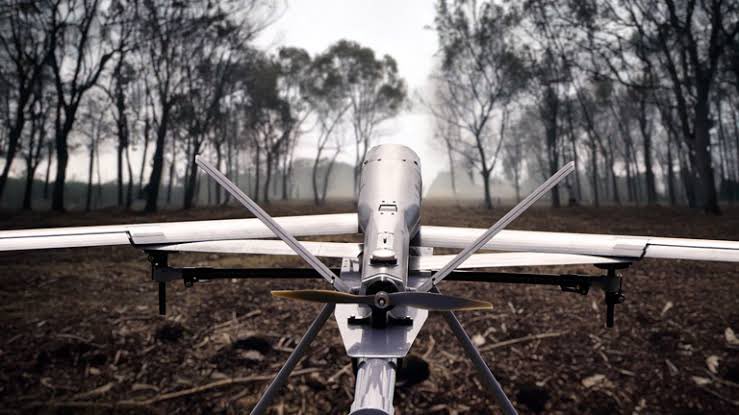New Delhi: In a significant display of modern military capability, India reportedly used loitering munitions during Operation Sindoor, a covert and precise cross-border action targeting terror infrastructure in Pakistan-occupied territory. This operation marked one of India’s first confirmed uses of this next-generation weapon system in a live combat environment.
What Are Loitering Munitions?

Loitering munitions, often called kamikaze drones, are hybrid systems that combine the surveillance capability of drones with the offensive power of missiles. Unlike conventional missiles that strike as soon as they’re launched, loitering munitions hover over the target zone—sometimes for up to several hours—before locking onto a target and diving into it with lethal accuracy.
They are designed for high-precision, low-collateral damage operations, making them ideal for targeting terrorist hideouts or mobile enemy units in densely populated or sensitive regions.
Operation Sindoor: The Strike

While official details of Operation Sindoor remain classified, sources indicate that Indian special forces, with air and artillery support, executed a targeted strike across the LoC (Line of Control). Loitering munitions—possibly of Israeli or indigenous origin—were deployed to neutralize specific terror launch pads and infrastructure, minimizing the risk to Indian troops and civilian casualties.
The operation’s name, “Sindoor”—a Sanskrit word meaning vermilion—symbolically represented India’s resolve to respond with dignity but determination.
Why Loitering Munitions?
Stealth and Surprise: These weapons are small, low-signature, and difficult to detect by radar, allowing them to penetrate deep into enemy territory without alerting defenses.
Real-Time Target Selection: Operators can monitor the battlefield and choose or change targets mid-air.
Minimal Risk: No need to send manned aircraft or ground troops deep into enemy areas.
Strategic Implications
The use of loitering munitions in Operation Sindoor reflects India’s evolving doctrine: high-tech, targeted, and low-risk warfare. It also sends a clear message to adversaries that India is capable of responding with smart force—not just brute strength.
Operation Sindoor is likely to be remembered not just for its tactical success, but as a turning point in India’s use of cutting-edge warfare technologies. Loitering munitions give India a strategic advantage in limited, swift-response missions, especially along hostile borders like the LoC. As global warfare evolves, India’s early adoption of such advanced systems underscores its commitment to staying combat-ready and technologically superior.

